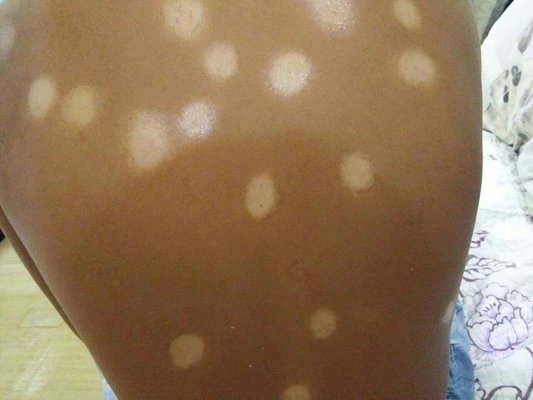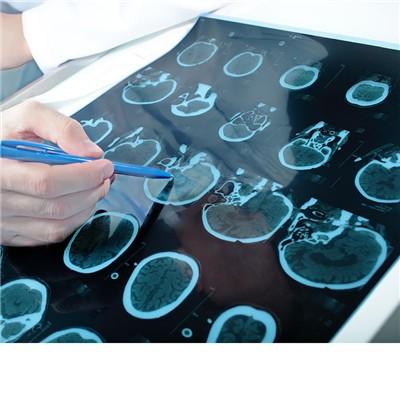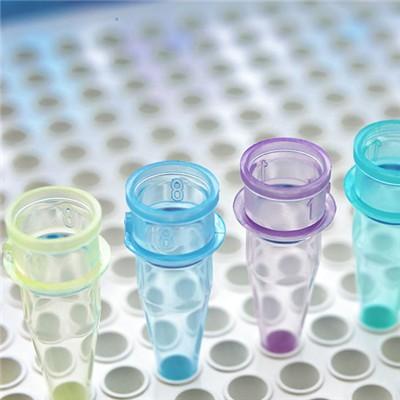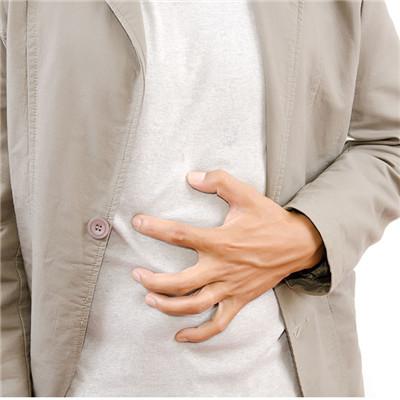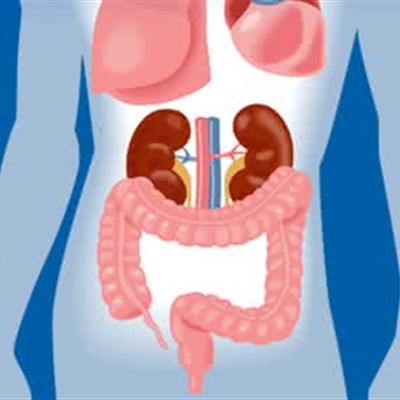Diet nursing of gastrointestinal bleeding
summary
Gastrointestinal bleeding refers to gastrointestinal bleeding and other parts. Gastrointestinal bleeding patients please note that once suffering from the disease, in addition to treatment, daily diet is also important. So, how should alimentary tract haemorrhage eat?
Diet nursing of gastrointestinal bleeding
For patients with massive hemorrhage, shock state, nausea and vomiting, we should first ban diet, especially for patients with massive upper gastrointestinal bleeding, such as: Patients with esophageal and gastric varices rupture, severe ulcer with vascular stump bleeding and hematemesis, hematochezia patients should ban diet.
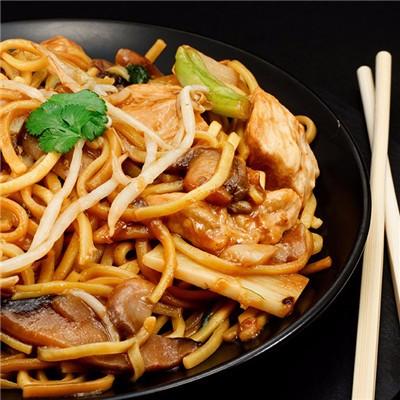
Regular eating, a small number of meals: this can not only reduce the burden of the stomach, avoid adverse factors, but also regularly keep the existence of food in the stomach, play a role in diluting gastric juice, conducive to the anastomosis of ulcer surface. Bleeding stopped for 24 hours, no nausea and vomiting, clinical manifestations of stable blood pressure, stable heart rate, blood routine showed no significant change in hemoglobin, can give liquid warm and cool diet, can be rice soup, can also eat an appropriate amount of milk, because milk can neutralize gastric acid, is conducive to hemostasis, but because milk is easy to produce gas, so should try to eat less.
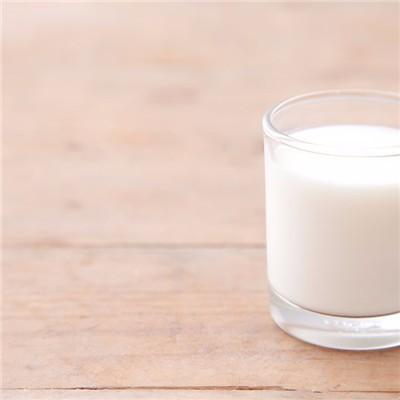
For the patients 4-6 days after the stop of bleeding, in addition to giving the patients enough liquid and electrolyte, the diet is still based on rice soup liquid diet, can also give patients broth, but to a small number of meals, each meal 100-150 ml, 5-6 meals a day

matters needing attention
The patient was fasted during acute massive hemorrhage. After the bleeding stopped, it was changed to half flow. After the recovery of the disease, it should be high protein, high calorie, high vitamin, low-fat food, eat less and more meals, and try not to eat raw, hard and crude fiber diet.
